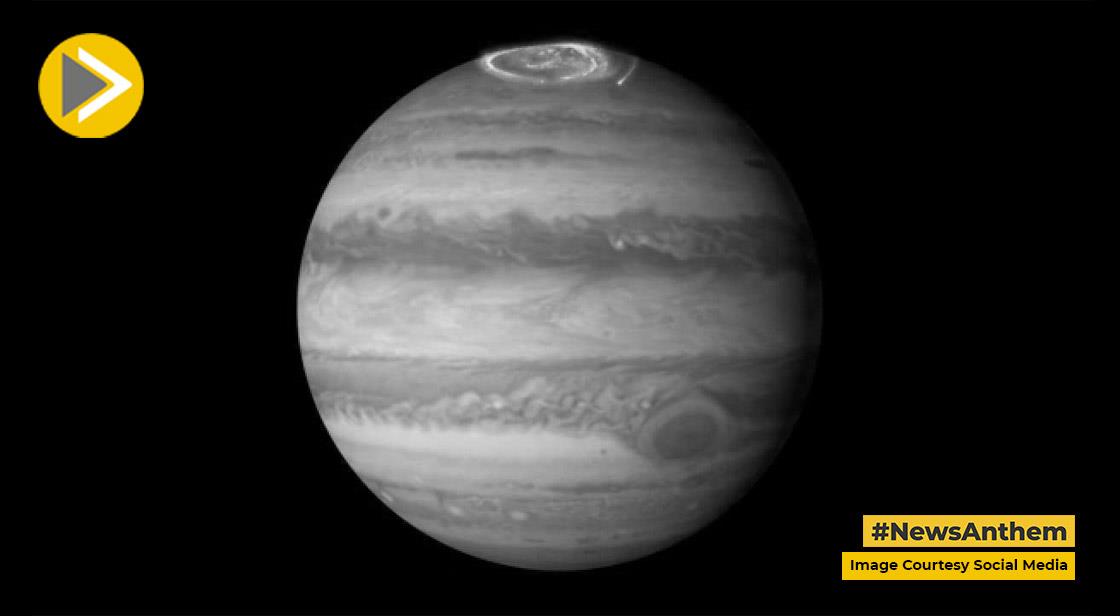James Webb Space Telescope Has Discovered Rings Around Jupiter

News Synopsis
After catching amazing occurrences from the edge of time, the James Webb Telescope is gazing closer to home. The world's most powerful spacecraft has caught Jupiter in unprecedented fashion. In its most recent offering, the observatory has returned data on giant storms, powerful winds, auroras, and extreme temperature and pressure conditions on the planet.
The James Webb Space Telescope, which captured fresh photographs of the solar system's largest planet, returned new information on Jupiter's inner life. The image adds fresh characteristics to the chaotic Great Red Spot, a storm that has been raging on the planet for decades and is rising in size.
Judy Schmidt examined photos acquired by the observatory's Near-Infrared Camera (NIRCam), which has three specialised infrared filters that highlight intricacies of the planet. "To be honest, we didn't anticipate it to be this wonderful. It's quite astounding that we can see features on Jupiter, its rings, small satellites, and even galaxies in a single shot," said planetary astronomer Imke de Pater, professor emerita at the University of California. He co-led Jupiter observations with Thierry Fouchet, a professor at the Paris Observatory.
NASA's standalone image is a composite of many photographs that shows auroras stretching to high altitudes above Jupiter's northern and southern poles. The shine in a redder-mapped filter, which additionally accentuates light reflected from lower clouds and upper hazes.
According to NASA, the filter depicts hazes whirling around the northern and southern poles, while a third filter mapped to blues highlighted light reflected from a deeper primary cloud.
"Because the brightness here suggests high altitude, the Great Red Spot, like the equatorial area, features high-altitude hazes." "The multiple dazzling white'spots' and'streaks' are very likely extremely high-altitude cloud tops of condensed convective storms," says Heidi Hammel, a Webb multidisciplinary scientist for solar physics.









